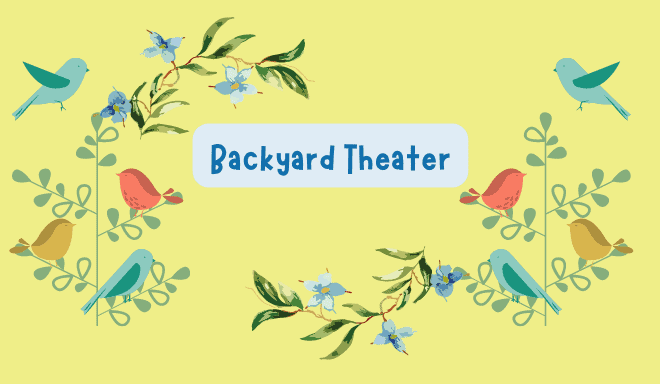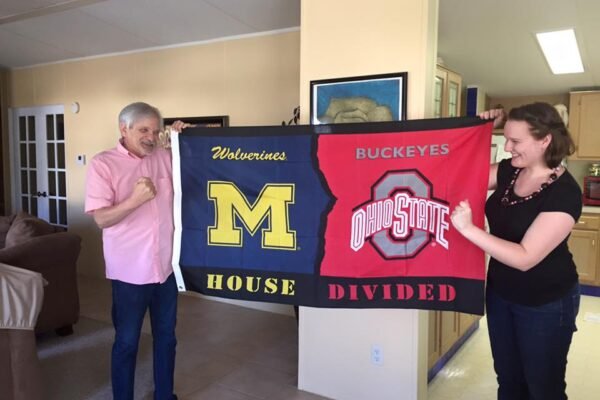Evolution of Romance Novels: Part 1

- Evolution of Romance Novels: Part 1
- Evolution of Romance Novels: Part 2
The Romantic era was pivotal in English literature from approximately 1785 to 1830. During this time, Romantics like Emily Dickinson, William Blake, Jane Austen, Robert Burns, Mary Shelley, Edgar Allan Poe, and Ann Radcliffe created poetry and prose focused on individualism, emotion, and imagination. This was in clear contrast with the intellectual neoclassical movement that came before it. They blew in with the wind with their thick murmuring torrent of influential voices that chorused and crashed while they simultaneously sought and struggled. It was a cultural set of kindred movements that explored the self and personal relationships with nature and other individuals. They escaped traditional norms, connected with the wilds of nature, and allowed this exposure to fuel their curiosities. Prose writers and poets used landscapes, living beings, feelings, and anything to do with nature to connect with their surroundings. Their primary interest was linking words and language as naturally as water flowed.
Poets and authors broke free of the intellectual neoclassical school that relied on rationalism, realism, and morality. The Romantics strove to create works that catered to individualism, the irrational, personal, emotional, and the imagination. Their passion ushered in new ways of thinking and expression. They reintroduced society to grotesque influences that highlighted the supernatural and focused on the sublime elements of nature. They brought the masses ideas and concepts beyond the tangible to include aspects like the occult or fantasy.
Rise of the Romantics
The era was brief, spanning roughly forty years, yet the populace embraced these romantic forms quicker than their logical neoclassical predecessor. It was a movement that abandoned rationalism, believing it hampered the imagination and the right to self. They reached their audience using simplistic language instead of eloquent writing, predominantly found in the neoclassic. Their words flowed naturally, or they did not want them to flow at all. Their most significant achievement was creating works everyone could understand regardless of their station. Anyone able to read would recognize the Romantics because people could think for themselves. It was an age that fueled the fancy of writers and readers alike. During the eighteenth century, England experienced a boom in the middle-class economy and an ever-growing level of education and appetite for literary works.
Gothic fiction has several aspects that make it unique. Authors and readers likewise wanted dark themes, foreboding castles, the eerie, the grotesque, and sublime natural world experiences. Poems and stories included raging storms to inspire fear and reverence in the characters. However, it seems some attached negative connotations to the genre. Cynics scoffed at and ridiculed the works as if they were less. Zaheed Alam noted in The Treatment of Gothic Elements by the Early Romantics that “gothic literature established its own place in the history of English literature despite its ‘low’ status and its treatment by the educated who saw it as a tawdry and debased kind of writing.” Regardless of the naysayers, there was an appetite for the genre. The masses were hungry for something unique that had variety and catered to personal tastes, and Gothic Fiction novels were ripe for the picking.
Lovers of these characteristics did not turn away from the darker side of nature. They embraced it, explored the ideas, and the contrast between life and death. Authors infused their stories with eerie and ominous happenings to elicit fear in their readers and experimented with specters, dark villains, and Byronic heroes.
Often, their works were set on gloomy, thunderous nights in large drafty castles. Sometimes these factors evoked or symbolized sinister and dangerous feelings, depression, or guilt of some grave offense or crime. The Romantics were artists producing and reconstructing new interpretations of the world around them, and Gothic novels transformed reality, making the intangible tangible, using supernatural myths plucked from our world, subjects beyond reason, yet not beyond the imagination. They had a passion for creating fantastic characters, situations, and settings that gave the mind a reprieve from the societal saturation of logic and traditional norms. It was a recipe English middle-class readers couldn’t resist.









